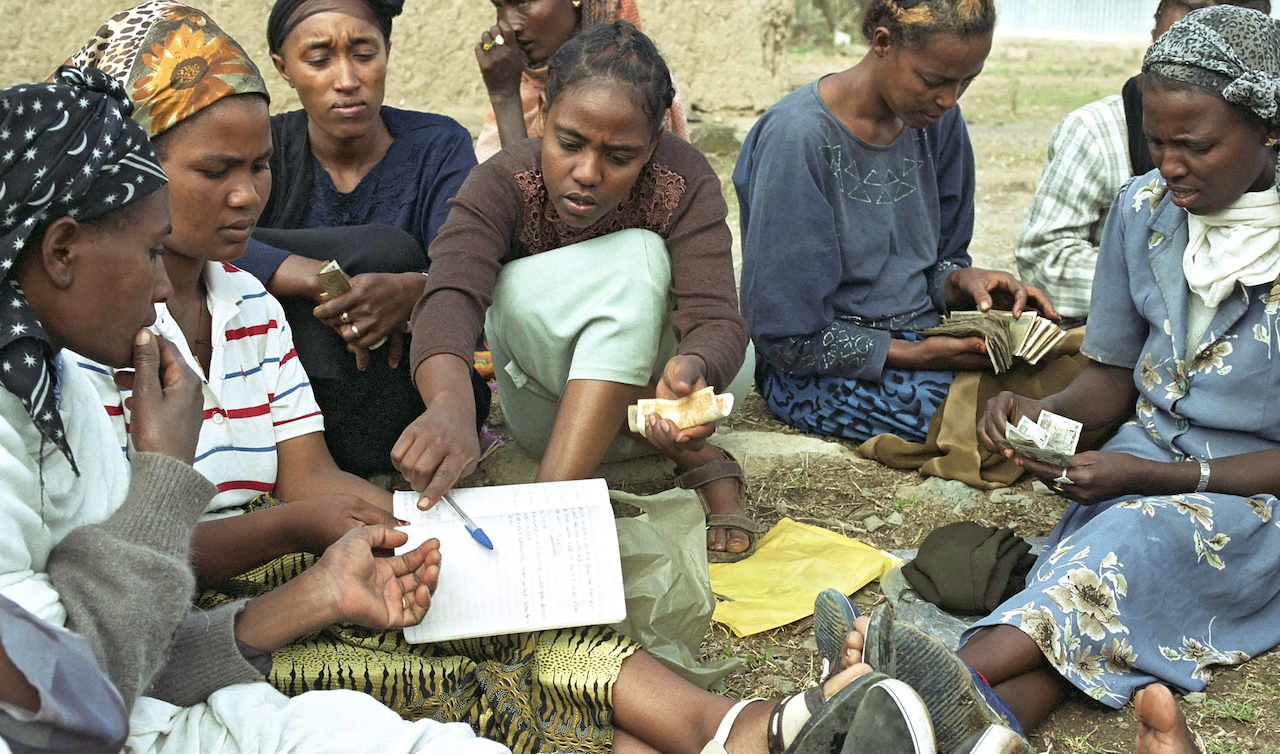Making Urban Livelihoods Programming work for African Youth
Sadhvi Sharma
November 16th 2018
4 minute read.
With 200 million people aged between 15 and 24, Africa has the largest youth population in the world. With more people in the working age group it is expected that by 2040 Africa’s labour force could reach one billion, surpassing that of India and China. This would typically be seen as an opportunity, a positive demographic trend with the potential to add to the productivity of a nation. But in the context of Africa, there is constant talk of the ‘youth bulge’, a term that does not refer to a neutral demographic observation, as one commentator points out, but one loaded with fear and warning. The development discourse around Africa’s growing youth population is captured in headlines such as ‘promise or peril’ ‘demographic dividend or demographic bomb’, ‘ticking time bomb or opportunity’, all indicating concern among the international community. This is because unemployment continues to be a major problem. If the increasing number of working age individuals can be employed in productive activities, the WB explains, the level of average income per capita should increase as a result. But this is not yet the case in Africa. According to the World Bank youths account for 60% of all of Africa’s jobless. Likewise, the African Development Bank points out that youth unemployment in most African countries ‘occurs at a rate more than twice that for adults’. While several development frameworks seek to address this gap between the labour force and productive employment in Africa, many attempts at livelihoods programs on ground seem to be misplaced.
The obvious macro need may be economic transformation comprising growth, investment, infrastructure and industry that generates social wealth, jobs, and develops social resources, as well as changes at the level of national policies. However, a multitude of international organisations and NGOs are also engaged in livelihoods training and programmes that seek to address the immediate skills deficit and access to market and jobs. And yet, while the motivation for these programmes are well-meaning they often end up being misplaced or short-termist, and at worst a box-ticking exercise. Training programmes too often fail to meet young people’s expectations, do not provide sustainable employment opportunities, or skills training that ensures employability. The result is community-based small-scale measures such as broom-making or hairdressing for women, which apart from keeping them in the informal sector, sustains gender stereotyping, where women are trained to do jobs that are traditionally seen as women’s work rather than transcend these expectations.
Our field research in urban centres in the region has shown that youth in informal settlements lament NGO projects that do not do enough to capitalise on existing skills or take into account labour market needs. The majority of the urban poor are engaged in petty trade and unskilled informal labour already, with irregular income and a cycle of debt and poverty. Programmes such as these do not result in secure sustainable incomes and rarely meet labour market requirements. Young people would rather have a vocation such as plumbing, masonry or transferable skills such as sales and marketing, English language training, and IT which allows them to transition to formal jobs.
The need of the hour is to make programming more relevant, with skills assessments that identify community needs. Further, assessments of public and private sectors to identify skills shortages and how young people could be absorbed by the labour market is important. While some organisations are now focusing on assessments that consider labour demand, this ought to be a necessary aspect of livelihood programming. Crucially many livelihood training programmes lack any follow-up monitoring and evaluation mechanism to determine how successful they are in ensuring the trainees secure and retain jobs. This would result in a much-needed reality-check for organisations in terms of their livelihood interventions. A multi-pronged approach based on sound research, labour demand and supply assessments along with effective M&E systems would result in programmes that are more likely to address the problem of urban livelihoods.










